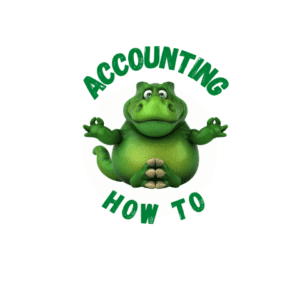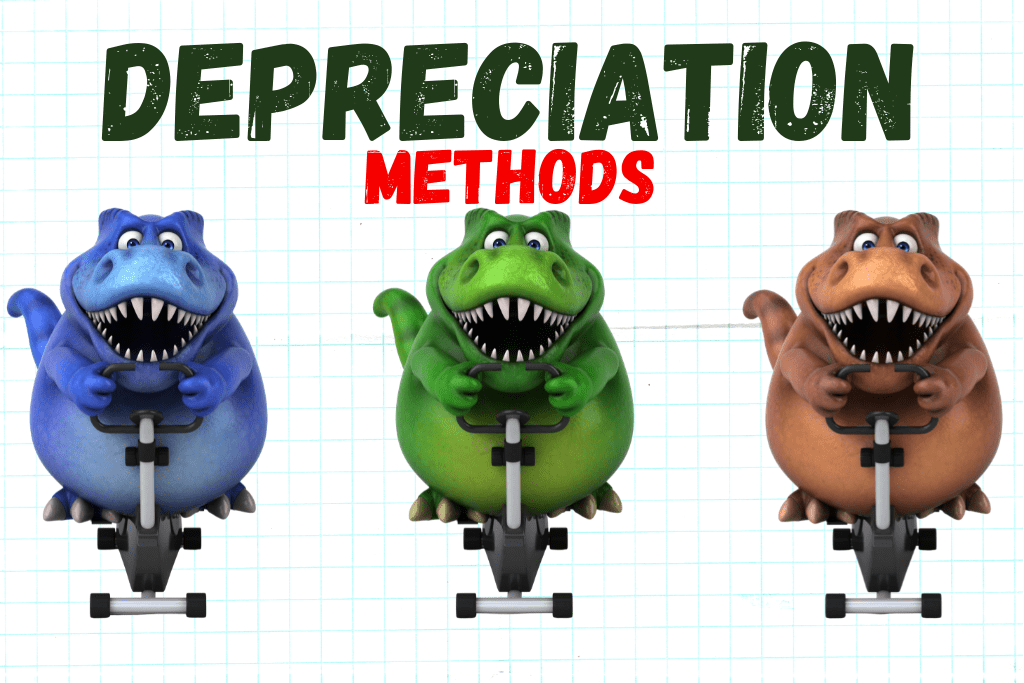Companies can use several different methods to calculate depreciation on Fixed Assets. The method is chosen at the time the asset is purchased and placed in service. The method generally remains the same over the life of an asset.
The common methods used are:
- Straight Line Depreciation
- Declining Balance Depreciation
- Units of Activity (or Production) Depreciation
- Sum of the Years Digits Depreciation
- MACRS Depreciation (used on tax returns)
- Section 179 Depreciation (used on tax returns)
Straight Line Depreciation spreads the cost recovery of an asset evenly across the class life of an asset. Declining Balance, Sum of the Years Digits, MACRS, and Section 179 are accelerated depreciation methods. Higher amounts of depreciation are taken in the early years of class life with decreasing amounts as the asset ages. Units of Activity or Units of Production matches the actual use of the asset (in miles, hours, output) to determine depreciation.
To learn about how to calculate depreciation using common depreciation methods, check out these articles:
For information about how to do an adjusting journal entry for depreciation, check out this article:
For more information about depreciation and accumulated depreciation, check out this Accounting Student Guide:
-
What is an Intangible Asset?
An Intangible Asset is a long-term asset (or non-current asset), one that a business will hold for longer than a year. Like Tangible Assets, these are permanent items a business intends to
-
What is the Journal Entry to Record the Sale or Disposal of an Asset?
When an asset is sold or scrapped, a journal entry is made to remove the asset and its related accumulated depreciation from the book. The asset is credited, accumulated depreciation
-
How to Calculate Partial Year Depreciation
When an asset is put in service in any month other than January (or first month of a fiscal year), a business generally takes depreciation only for the months the
-
What is the Adjusting Journal Entry for Depreciation and Accumulated Depreciation?
Whether a company records its depreciation monthly or yearly, an adjusting journal entry is made to adjust the balance of depreciation expense and to record the the loss of value
-
What are the Methods of Calculating Depreciation?
Companies can use several different methods to calculate depreciation on Fixed Assets. The method is chosen at the time the asset is purchased and placed in service. The method generally
-
How is Class Life or Useful Life Determined for an Asset?
The Class Life or Useful Life of a fixed asset is the number of years over which an asset can be depreciated. Class life is determined by tax law which

